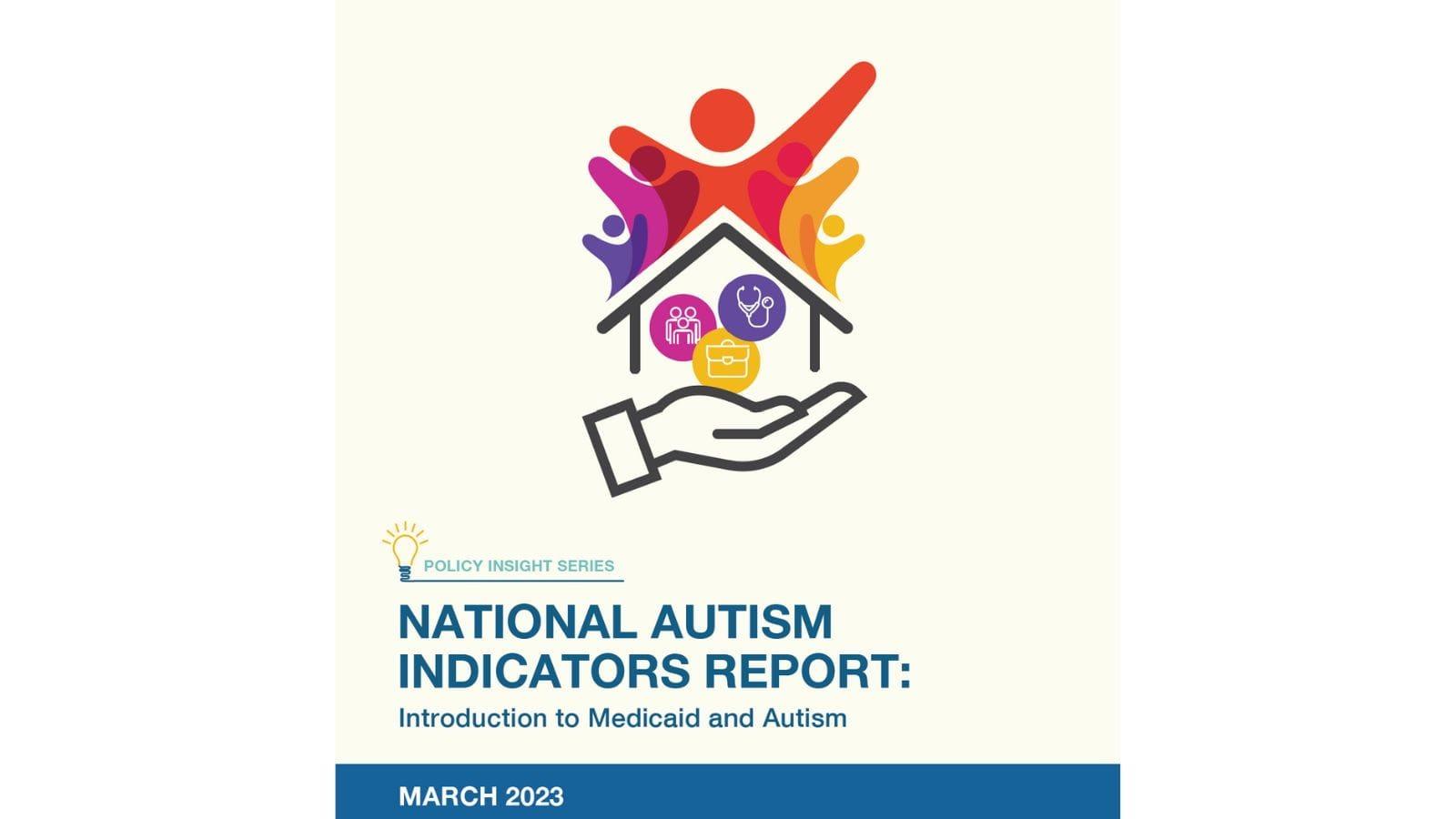Latest National Autism Indicators Report Explores Autistic Individuals’ Use of Medicaid Across the Lifespan

- New AI-Technology Estimates Brain Age Using Low-Cost EEG Device
- Bolstered by Research Consortium with Drexel, Jefferson’s Sidney Kimmel Cancer Center Earns NCI Comprehensive Cancer Center Designation
- Alyssa Kemp Named as 2024 Truman Scholar
- No link between acetaminophen use during pregnancy and children's autism risk

Medicaid is the largest source of public health insurance in the United States. There is a dearth of publications that focus on how autistic people use Medicaid and the services it covers for children, youth and adults on the autism spectrum, despite the many publications explaining how public insurance works.
In the latest edition of the National Autism Indicators Report series, researchers at Drexel University’s A.J. Drexel Autism Institute explore how autistic individuals use Medicaid and how their service use changes across the lifespan – from infants to older adults – using data from the Centers for Medicaid and Medicare Services (CMS) from 2008-2016.
“Medicaid is a critical public benefit for an increasing number of autistic people,” said Anne Roux, a research scientist and director of the Policy Impact Project at the Autism Institute. “We found the number of autistic people enrolled in Medicaid tripled between 2008 and 2016 to nearly 600,000. Almost 70% of the enrollees were children.”
Roux, the lead author of the report, added that the increase of autistic people on Medicaid parallels the increasing prevalence of autism. Other factors include that one in three children on the autism spectrum live in very low-income households and may qualify for public health insurance – a higher rate than other children with and without special health needs. Additionally, many autistic adults are unemployed or employed in low-paying jobs that do not offer health insurance benefits. But autistic people must meet eligibility criteria in their state to receive Medicaid benefits and are not always automatically eligible for Medicaid.
Age is an important factor in both use of Medicaid and what services are available. While autistic people of all ages use Medicaid, most are between 6-17 years of age, with eligibility declining after age 18 when youth must requalify for Medicaid as individual adults, based on their own income or disability, instead of as family members. One in four autistic youth lose their Medicaid coverage as they enter adulthood, and only half regain it, according to a separate study by Lindsay Shea, DrPH, leader of the Policy and Analytics Center in the Autism Institute and co-author the National Autism Indicators Report.
The focus of Medicaid services for autistic people changes across the lifespan. Early services might focus on diagnosis and intervention. Services in mid-to-late life might focus on supports for community living (employment, life skills) or in-home care or self-care. But very little published research examines how autistic adults over age 65 use long-term services and supports funded by Medicaid. Additionally, there is a lack of mental health services provided by Medicaid.
While state Medicaid waivers, which fund services to support people with disabilities to function in their communities, can provide support beyond the typical state Medicaid plan, only seven states have special autism Medicaid waivers. Pennsylvania provides the only autism waiver that serves adults. Autistic people often use Medicaid waivers designed for people with intellectual and developmental disabilities in general.
The report also highlights disparities that exist in service access and utilization among autistic Medicaid enrollees – similar to differences in health care in the general population which reflect underlying inequities that stem from racism and discrimination. For example, autistic children and adults of color enrolled in Medicaid are less likely to receive services like occupational therapy than their white peers. Autistic Medicaid beneficiaries who are Black, Hispanic or Asian are more likely to have conditions like diabetes or obesity.
“We have identified key policy issues and recommendations that we think will improve Medicaid to better serve this population of autistic enrollees,” said Roux.
Roux and her co-authors recommend simplifying navigating Medicaid eligibility, increasing providers who accept Medicaid to increase service access, and increasing Medicaid providers who are competent in serving autistic people, among others.
This is the first report in the Autism Institutes’ new Policy Insight series of National Autism Indicators Reports. The user-friendly series will deliver statistics about policy-relevant issues pertinent to the lives of autistic people and those with other developmental disabilities.
This report is supported by the Health Resources and Services Administration (HRSA) of the U.S. Department of Health and Human Services (HHS) under the Autism Transitions Research Project (ATRP) cooperative agreement.
ATRP uses identity-first language (eg: autistic person) rather than person-first language (eg: person with autism) when describing autism to align with the preferences of many self-advocates. ATRP acknowledges and respects the choice of individuals on the autism spectrum to be referred to in their preferred terminology.
Drexel News is produced by
University Marketing and Communications.